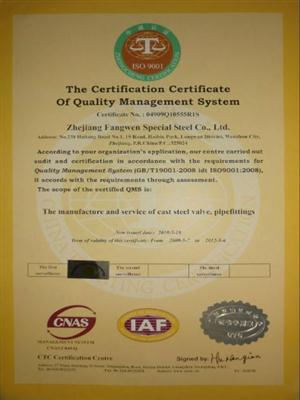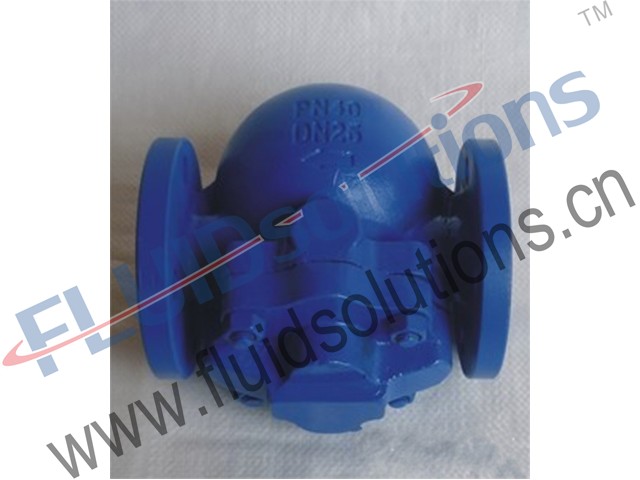The company has passed ISO9001:2008 quality management system certification.
- Pumps, Valves & Pipes Africa 2019
We will attend Pumps, Valves & Pipes Africa 2019 exhibition, which scheduled to hold on 11st - 13nd June 2019 at Gallagher Convention Centre, Johannesburg, South Africa. Our booth room number: P115. Welcome for your visiting!
- Titanium 2015 exhibition in Santiago of UAS
During Aug 16th to Augt 20th, We will attend The 13th orld Conference on Titanium 2015 exhibition in Santiago of UAS. Our booth room number: 103. Welcome for your visiting!
- CHINA MACHINEX BRAZIL 2015 in Brazil
During Sep 12th to Sept 19th, We will attend CHINA MACHINEX BRAZIL 2015 exhibition in Brazil. Our booth room number: A208, welcome for your visiting!
Product Name: Thermostatic Ball Float Steam Trap
| Contact Details: |
| Contact Person: Mr. BURT DAI |
 E-mail: sales@yiyuvalve.com E-mail: sales@yiyuvalve.com
|
 Tel: +86-130 577 44 163 Tel: +86-130 577 44 163
|
 Tel: +86-577 868 99 212 Tel: +86-577 868 99 212
|
OnLine Service:
 Print this Page
Print this Page
|
 Bookmark this
Bookmark this
|
 Skype Online Skype Online
|
 E-mail Us
E-mail Us
|
 PDF Download PDF Download
|
|
| 【Prev Products】 | 【Next Products】 |
| Description | Send Inquiry |
|---|







 Company profile
Company profile Plants
Plants Certificates
Certificates Business Terms
Business Terms Ball Valve
Ball Valve Gate Valve
Gate Valve Globe Valve
Globe Valve Check Valve
Check Valve Wafer Check Valve
Wafer Check Valve Butterfly Valve
Butterfly Valve Through Conduit Gate Valve
Through Conduit Gate Valve Plug Valve
Plug Valve Knife Gate Valve
Knife Gate Valve Diaphragm Valve
Diaphragm Valve Strainer
Strainer Steam Trap
Steam Trap Safety Valve
Safety Valve Needle & Gauge Valve
Needle & Gauge Valve Alloy Material Valves
Alloy Material Valves API Industrial Valves
API Industrial Valves Marine Valve
Marine Valve Alloy Material Valves
Alloy Material Valves Company News
Company News Projects & Applications
Projects & Applications FAQ
FAQ Contacts
Contacts Sitemaps
Sitemaps









